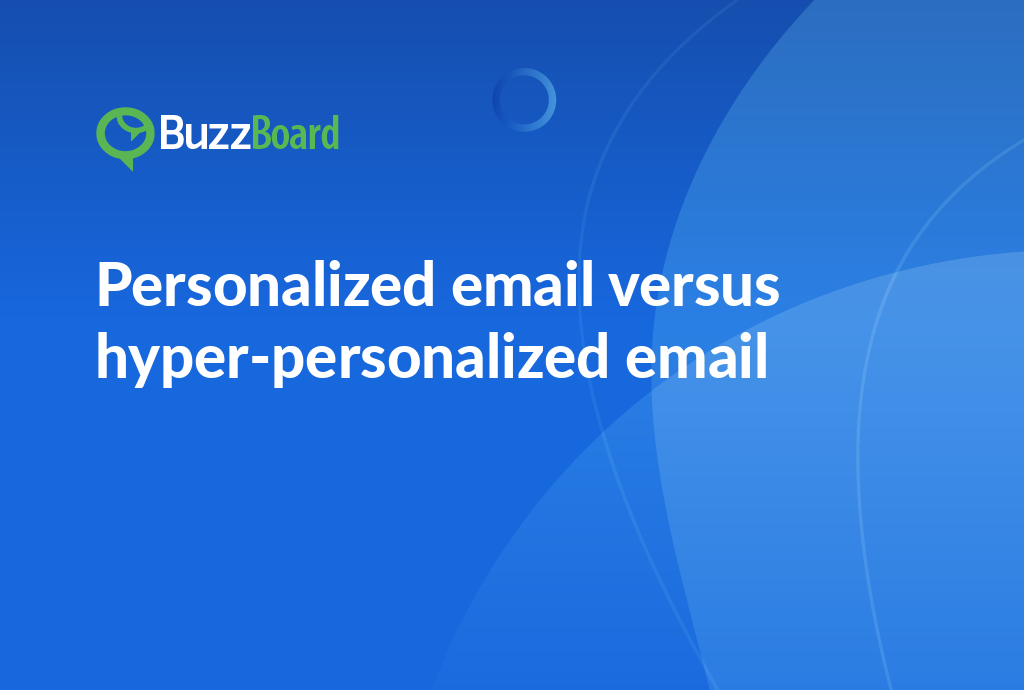What Are the Key Components Required to Create an Impactful and Successful Case Study for Local Business Clients?
As a digital marketing agency, you play a vital role in positioning your local business clients for success. A well-developed case study can serve as an ultimate display of your capabilities, providing convincing data that persuades potential clients to finalize a deal. Here are essential components to crafting successful case studies for your local business clients.
Initiate your case study with a captivating introduction—a brief description of the client’s business and their journey. This approach helps your audience connect with the customer’s journey, fueling their interest to discover more.
One pivotal component in a case study is the problem. What unique obstacles was the business facing, and what compelled them to choose digital marketing? Utilize persuasive data to elaborate on the scale of the problem and how it was negatively impacting the client’s business.
Subsequently, offer an exhaustive explanation of the solutions your agency provided. Ensure the alignment of your services with the specifics of the issue, demonstrating how your agency’s efforts resolved the problem. Highlight how these solutions bettered the client’s business visibility, elevated the lead generation, and boosted their sales.
Another critical element of your case study is the outcome. This section should display the quantifiable results of your digital marketing initiatives. Furnish clear, influential data like elevated website traffic, enhanced engagement rates, improvement in ranking, or return on investment. These figures render powerful evidence of your effectiveness.
Conclude with testimonials or quotes from your clients—this creates a personal link and offers social proof, reinforcing your competence and trustworthiness.
Crafting captivating content is only a fragment of the process. When sharing your case studies, ensure they reach potential clients through channels like blogs, email marketing, and social media posts. The more visible your case studies, the broader your reach will be.
Building and presenting successful case studies demand time and effort. However, with the right focus on these key components, you can produce compelling narratives displaying your agency’s proficiency. This in turn instills confidence among potential clients. So commence crafting your case study today!
Why Compelling Data Is Key in Crafting Persuasive Case Studies for Your Local Business Clients
In the world of digital marketing, the creation of a powerful and persuasive case study can be a game-changer. However, what are the components of these case studies that resonate with your local business clients? The answer is quite simple: compelling data.
Data serves as an effective storytelling tool. It takes abstract ideas and molds them into relatable narratives. When a potential client reviews your case study, they crave proof. They need to know how your services will bring them benefits. Here’s where compelling data comes into play. By embedding relevant, tangible results in your case studies, you can elevate the credibility of your service offerings for small businesses. This, in turn, can increase your chances of gaining their trust and securing their business.
Imagine this scenario: a potential local business client wants to amplify their online visibility. If you present a case study in which a local client experienced a 200% increase in organic traffic after using your SEO services, you’re providing robust proof of the results you can yield. This represents compelling data at its finest and has a crucial role in the case study components.
It should be noted that compelling data isn’t only about showcasing advantageous outcomes. It involves providing context, making comparisons, and defining what success looks like. This process transforms your data from mere numbers into stories that your local business clients can connect with. It provides prospective clients with a clear ‘before and after’ scenario that fosters trust and invokes action.
But how do you generate engaging content using compelling data? It involves deep-diving into your project’s performance metrics, realizing your unique value proposition, and illustrating the data in a visually appealing manner.
For instance, using infographics can help highlight your success rates, customer testimonials, and positive trends. The creation of successful case studies extends beyond simply documenting what you did. It’s about demonstrating the impact your services had in measurable terms.
At the end of the day, your case studies are a testament to the results you can deliver. By prioritizing compelling data, you can craft engaging content that not only informs but also persuades and convinces your potential customers of the value of your services.
What Role Does Compelling and Engaging Content Play in Structuring Successful Case Studies for Local Business Clients?
As a digital marketing agency, your foremost goal is to continuously showcase your expertise and value to your clients, particularly local businesses. An effective method to achieve this is through the creation of compelling, engaging content in the form of successful case studies.
The secret to designing these successful case studies lies in understanding the crucial components of a case study. A well-orchestrated case study for your local business clients should essentially be a story that narrates how your agency helped a business overcome their marketing obstacles to attain their objectives.
Having compelling data is arguably one of the most critical ingredients of a triumphant case study. As industry professionals, we recognize that numbers speak volumes. Your case studies should include verifiable results that your local business clients can relate to. Emphasize the marketing strategies that have led to increased web traffic, improved conversion rates, or enhanced visibility for your previous clients.
Producing engaging content for your case studies means making those figures come alive. This could involve supplementing the raw data with a convincing testimonial from a past or present client or using visually appealing infographics to make your local business clients understand the impact of your deliverables.
The most effective case studies, remember, tell a story. Your local business clients want to see how you’ve helped businesses similar to theirs navigate the complex realm of digital marketing to emerge victoriously.
In conclusion, well-executed case studies are a mighty tool in your digital marketing arsenal. Narrating the right story with compelling data and engaging content will not just position your agency as a field expert but also foster trust among your local business clientele.
< h2>Utilizing a Well-Constructed Case Study to Enhance Credibility for Local Business Clients
Case studies have long been recognized as highly efficient sales tools, particularly for digital marketing agencies. By incorporating the appropriate case study elements, it can considerably boost the credibility and trust of local business clients.
A successful case study narrates how your agency helped a client overcome a specific problem. It acts as a combined testimonial and proof point, transforming into an engaging content segment.
The incorporation of powerful data is critical for any case study. It offers solid proof of the efficacy of your digital marketing tactics. Try to include quantifiable outcomes, such as boosted website traffic, bettered search engine rankings, or augmented social media participation. This undeniable evidence can considerably enhance your agency’s trustworthiness.
Take into account that local business clients often encounter specific situations. A thoughtfully crafted case study that addresses these distinct issues and exhibits your agency’s proficiency in adjusting solutions suitably, can significantly boost trust. It allows prospective clients to comprehend how your agency can operate effectively in their local scenario.
Indeed, storytelling is pivotal. Instead of solely stating data, intertwine the information into a narrative emphasizing the problem, the strategy, and the solution. An effective case study isn’t just about the digits but the path taken to attain them.
Ensure to use engaging content in your case study that captivates the reader. Incorporate visuals such as graphs or infographics where feasible, to break the monotony of the text. The objective is to offer rich content that’s both captivating and informative.
By implementing the right case study elements, you can not only amplify your credibility but subtly convey to local business clients the potential advantages of partnering with your agency.
The Significance and Impact of Various Case Study Components
Although case studies may come in multiple formats, they usually contain four key elements: an introduction, a challenge, a strategy, and a result. Each of these elements plays a vital role in constructing a dynamic narrative that can resonate with local business clients and prospective customers.
The introduction offers a concise overview of the client, forming an immediate bond with the prospect. It forms a bridge between the agency’s offerings and the distinct requirements of small businesses. A well-crafted introduction contextualizes the case study, sparking the prospect’s curiosity to delve deeper.
In the challenge section, agencies have the opportunity to highlight their comprehension of the prevalent problems confronted by small businesses and their dedication to providing solutions. This segment should highlight the specific problems faced by the showcased client before your intervention.
For strategy, the agency outlines its actions to address these issues. This section provides a chance to present persuasive data showing the tactics used, and the reasoning behind them, thereby reinforcing the agency’s credibility and authenticating the tale.
Lastly, the result brings everything together. Here is where effective and successful case studies come alive by presenting the positive impact of your strategies. Specific numbers or tangible results leave a powerful impression, assuring potential clients of your capabilities.
Together, these components of a well-executed case study can serve as potent promotional tools for digital marketing agencies. They underscore your services’ benefits and effectiveness without seeming overly promotional and give prospective clients a clear image of potential success with your agency.
To enhance your case study approach, consider incorporating engaging content that will capture small businesses’ attention. Successful blogs, e-books, infographics, and videos are all effective ways to differentiate your agency.
The next time you design a case study, pay careful attention to these critical components. Perfecting them will not only enhance your content but could also boost your chances of attracting future local business clients.









